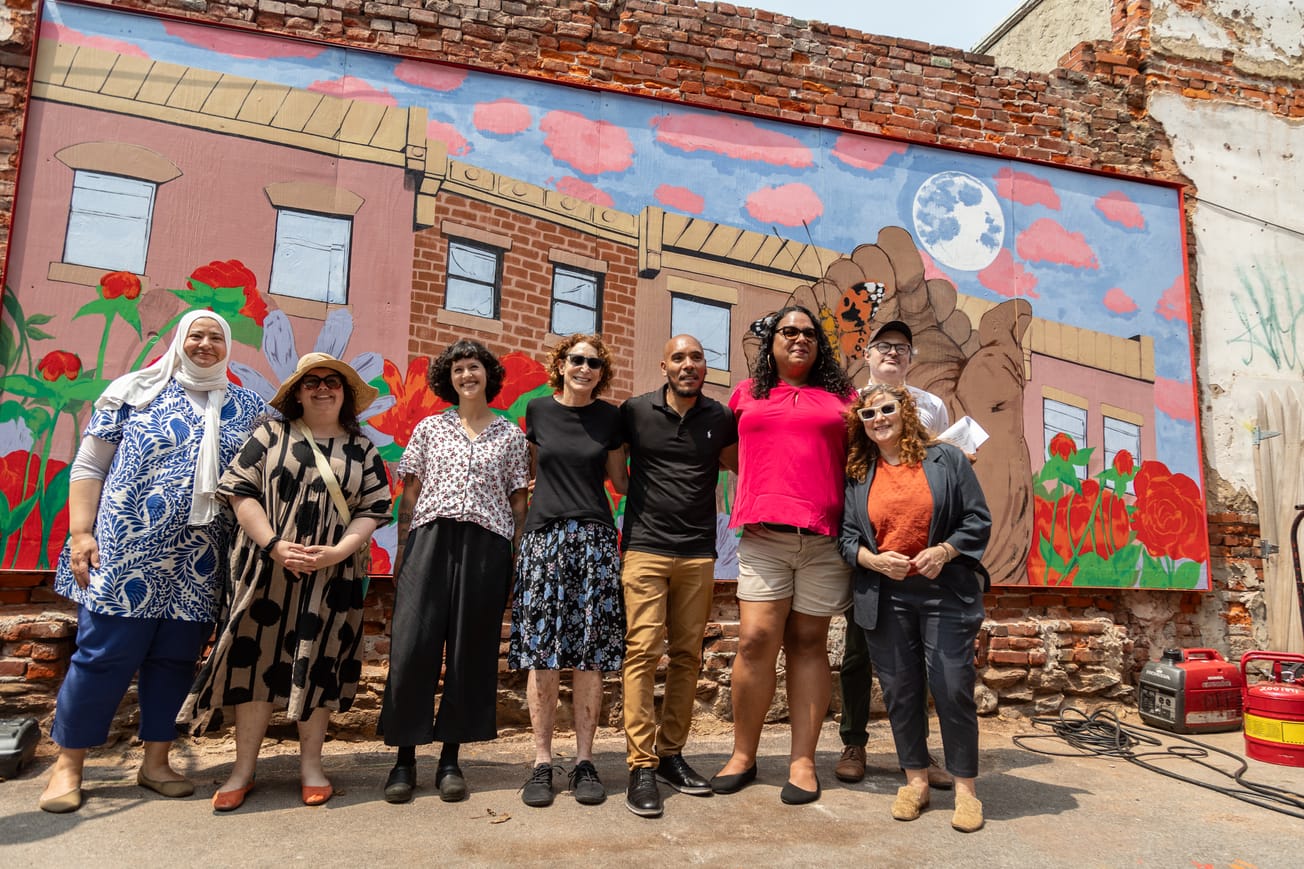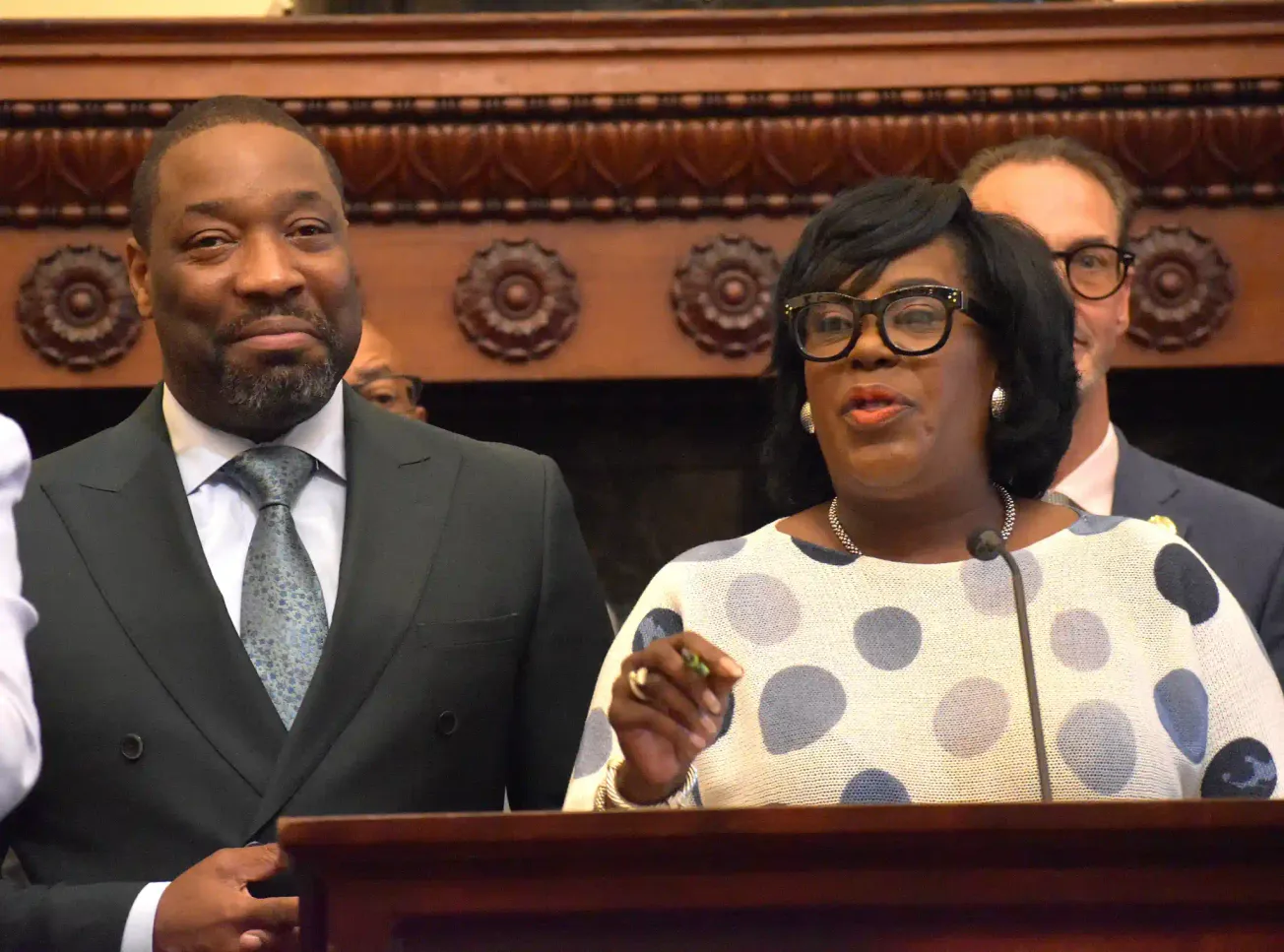While open drug use in Kensington continues to make national headlines, Philadelphia health workers say the city’s Black residents are quietly overdosing from cocaine, opiates, and other substances at unprecedented rates inside their homes.
Between 2018 and 2022, the number of overdose fatalities among the city’s non-Hispanic Black residents increased by 87%, according to the city’s Department of Public Health. That’s compared to a 43% increase among Hispanic residents and a 12% decrease among white residents, according to data provided by the city’s Overdose Response Unit at a Tuesday hearing addressing the overdoses in Philly’s Black communities.
This trend was the focus of a hearing of Philadelphia City Council’s Committee on Public Health and Human Services this week. It was the first of its kind, authorized by a recently passed City Council resolution from council members Kendra Brooks, Nick O’Rourke, Cindy Bass, Rue Landau, Mark Squilla, Mike Driscoll and Anthony Phillips.
City representatives, including speakers from the Overdose Response Unit (ORU) and the division of Substance Use Prevention and Harm Reduction (SUPHR), detailed the ways in which aggressive prosecution of Black men for crack cocaine in the 1980’s and 1990’s has left a legacy of drug addiction in Philly’s Black neighborhoods.
“We are still very much living with the war on drugs,” said Keli McLoyd, deputy director of the ORU.
McLoyd said because of the “overly punitive measures” used during that time, Black men in their 40’s, 50’s and 60’s who still live with drug addiction are especially hesitant to seek help.
“They’re not going to raise their hand and say ‘yes I’m a person who uses drugs, I need Narcan to hold in my house’,” she said. “They’re not going to approach that table.”
Between 2020 and 2022, the largest increase in overdose rates occurred among Black 45 to 64-year-olds, according to health department data. The ZIP codes with the highest number of overdose fatalities among Black individuals in 2022 were in Kensington, West Philadelphia, and North Philadelphia.
Noelle Foizen, director of the ORU, said the majority of overdose deaths in Philly happen inside residences.
“The residents of Kensington are acutely aware that there’s overdoses happening in their community, but yet there are still a lot of overdoses that are happening in their homes,” she said. “So, we’re missing something. We’re not getting the right information to the folks that need it, and there has to be a more nuanced plan for that.”
Speakers at the hearing emphasized the need to expand a door-to-door canvassing program that ORU and SUPHR launched in partnership with the Office of Community Empowerment and Opportunity last fall.
The program partners with Philly Counts, a trusted messenger initiative originally designed to inform people about COVID-19 vaccines, to offer residents in target ZIP codes help finding drug treatment services and counseling. Canvassers also provide the overdose reversal medication naloxone and fentanyl test strips.
Since October, the canvassing team has knocked on over 100,000 doors, engaged in more than 10,000 conversations and distributed 17,960 doses of Naloxone and 20,970 fentanyl test strips, according to program staff.
“My hope is that in a year or two when we start looking at where we were canvassing we will see less fatal overdoses,” Foizen said.
Nikima Porter said a program like this one might have saved her brother, Elwood Porter. He died of an overdose in 2021 at the age of 36.
“Having a therapist would have greatly helped him on his journey,” she said at the hearing. “The opioid epidemic is taking a devastating toll on our community, and it's important to address the reasons behind it. It's essential for Black individuals to feel comfortable seeking help from within our community.”
The canvassing program costs about $800,00 a year annually, according to Foizen. Her unit urged City Council members Tuesday to allocate enough funding to expand the program citywide next year.
Health experts emphasized the need to create more treatment capacity for individuals who are ready to get help with substance use disorder. They also discussed the use of opioid settlement dollars to support community projects such as door-to-door resource connection. Several also directly testified in opposition to the criminalization of addiction.
“The city must stop arresting and jailing people for drugs and instead invest in addiction services, social supports, including voluntary treatment, housing, employment, harm reduction, recovery services, and peer support,” said Nikki Grant, policy director and co-founder of Amistad Law Project.
District 7 Councilmember Quetcy Lozada, who wants to “triage” people using drugs in Kensington to treatment or incarceration, is vice chair of the City Council committee that convened the hearing.
Have any questions, comments, or concerns about this story? Send an email to editors@kensingtonvoice.com.





